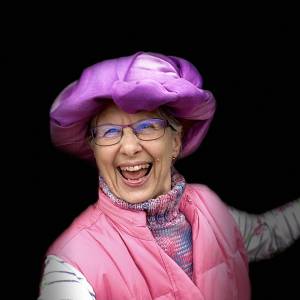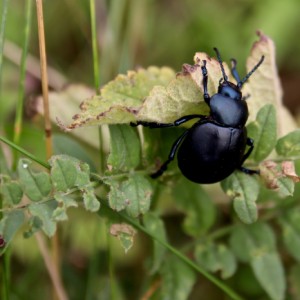A SEAT WITH A VIEW
After a good service at Church, I had packed up a picnic, so we set off to go “we knew not where” - Mr. HCB fancied going on the Devizes road, but I then remembered that there were a lot of roadworks around there, so we turned off towards Calne instead.
We stopped in a lay-by near some gallops, and I took quite a lot of photographs, thinking that one of them would do for a Blip - the bottom left photograph of the poppies was one I took and it seems appropriate, as I am sure you will agree, when you read the rest of my journal for today.
As we turned onto the A4, Mr. HCB suddenly said “Let’s take the road to Yatesbury - we’ve never been along there before”, which was quite true, although it is only 15 miles from Swindon, where we live.
As we drove along, we realised it was just the road to the village and didn’t lead anywhere else, but I was pleased to see some derelict buildings in a field. Again, I thought that these would make a good Blip, so stopped to take more photographs, not realising that they were part of RAF Yatesbury - top middle photograph in the collage.
Again, we carried on and came across a sign that had written on it in large letters, “PRIVATE LAND, KEEP OUT!” Knowing that there was a lot of dereliction further down the lane, I decided to proceed on foot and Mr. HCB agreed to stay with the car, and decided that I would take a chance on being seen.
I had taken several photographs when I heard a car coming along the lane, so stepped out, where I could be clearly seen, and when it stopped, spoke to the lady inside. She explained that this was indeed private land, but that she used to work for the man who owned it and was, in fact, going to visit him at the very end of the lane.
She explained that there was to have been a large development of houses and apartments on the site of Yatesbury airfield, but that sadly, this had fallen through when the RBS crashed in 2007 and funding was withdrawn. After I had explained about Blip and Derelict Sunday, she did ring the man, but he wasn’t that keen on me going inside the now derelict aircraft hangars, because of safety issues, but she said that we could follow her along the road and I could take some photographs, which we duly did.
I found out that her name was Rosie and whilst chatting to her about Yatesbury, she said that it was worth going to see All Saints Church, in the village, because alongside was a cemetery with the graves/headstones for many young pilots who had been killed, either during the war or whilst training at Yatesbury.
After we left her, we carried on along the road to Yatesbury and saw a seat, which Mr. HCB suggested I might use as one of my seats with a view. When I do my “self-imposed challenge” of A Seat With A View, not every photograph is taken from that particular seat, but I like to find interesting things around and find a “slice of history” and today was no exception.
I discovered that the Royal Flying Corps began pilot training at Yatesbury, near Calne in Wiltshire in 1916 and it was an important training establishment in the First and Second World Wars, until its closure in 1965. It appears to have been left abandoned from then until it was bought by the businessman mentioned above.
From what we could see, the whole site along what is known as Jugglers Lane, has many buildings and overgrown areas. However, one of the hangars at the very end of the lane has been renovated, top left photograph in the collage, but many hangars are just shells and have been sadly neglected - the middle top photograph. Because of the recession and various other factors, these buildings have not been maintained, and will probably have to be demolished eventually for safety reasons, and sadly, the longer the planning application is outstanding, with no maintenance taking place, these buildings will only get worse.
We also found a hexagonal type 22 pillbox - middle right in the collage - further down the lane, its purpose being to defend the northern perimeter of the West Camp and to protect it from anyone who might have managed to get past the guardroom, a large building at the entrance to the site; this was probably the main guardroom for the West camp.
It was interesting to read that Guy Penrose Gibson, leader of the famous "Dambusters" raid (Operation Chastise) of 1943, did his initial training at Yatesbury from November 1936 to January 1937.
We eventually found All Saints Church, down a little lane, but unfortunately, it was locked, so we just wandered round the cemetery. It was very sad to see that the ages of many of the men who had been killed, from both World Wars, was between 17 and 21 years. They were not only English but Canadian, Polish, Russian and Australian.
Both Mr. HCB and I felt very moved to see these headstones and walked along reading every one. Rosie had told us that they have an annual service at which every airman is honoured and remembered, so I asked her to let me know when this would be taking place, as it would be good to go along.
A very different day to the one I had thought we would have, but very interesting - and I think we will definitely be going back there at some stage, particularly as there is much dereliction on the site.
Further along the road, at another entrance to the airfield, is a plaque to commemorate all those who served in both World Wars. A very poignant day.
“Older men declare war,
but it is youth that must
fight and die.”
Herbert Hoover
P.S. I have put a little black beetle in as an extra - I would probably have used this as my Blip had we not gone to Yatesbury!


Comments
Sign in or get an account to comment.


